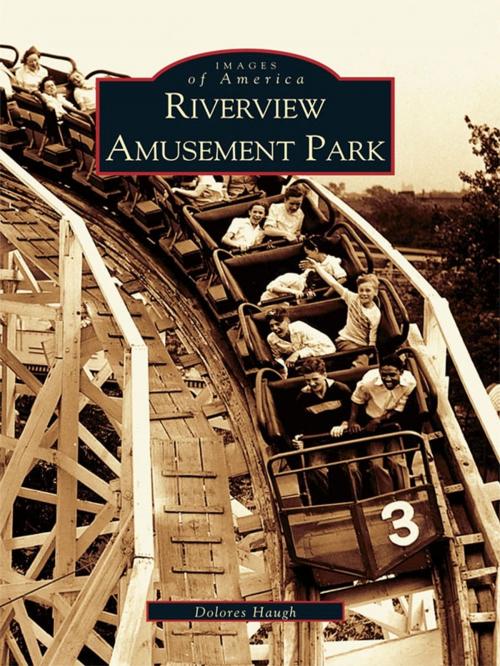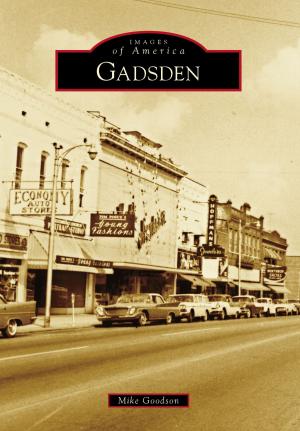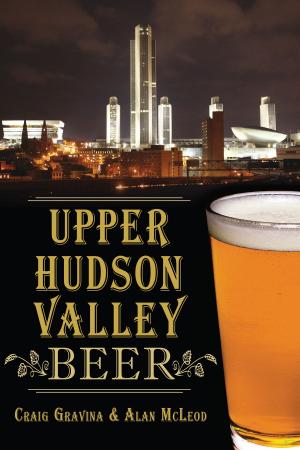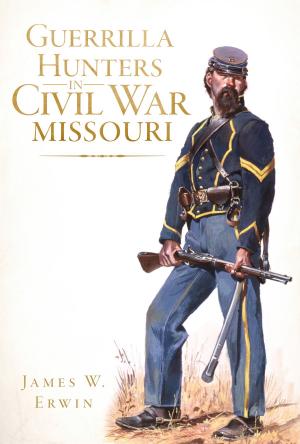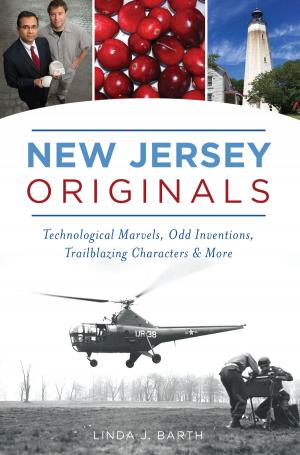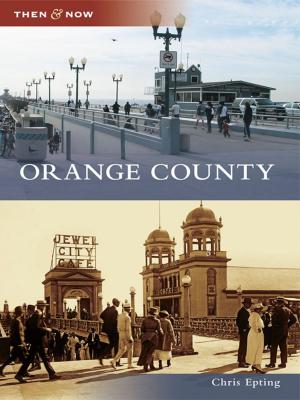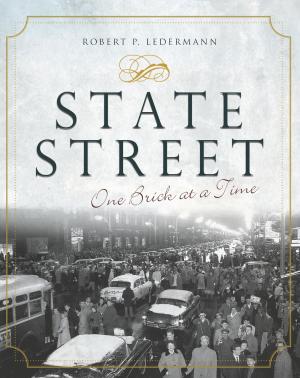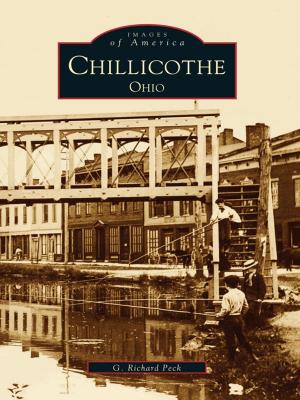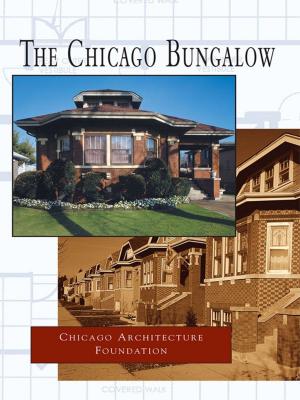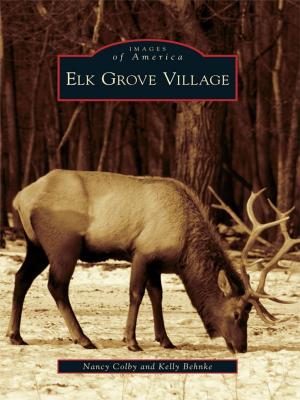Riverview Amusement Park
Nonfiction, Art & Architecture, Photography, Pictorials, Travel, Adventure & Literary Travel| Author: | Dolores Haugh | ISBN: | 9781439631454 |
| Publisher: | Arcadia Publishing Inc. | Publication: | September 1, 2004 |
| Imprint: | Arcadia Publishing | Language: | English |
| Author: | Dolores Haugh |
| ISBN: | 9781439631454 |
| Publisher: | Arcadia Publishing Inc. |
| Publication: | September 1, 2004 |
| Imprint: | Arcadia Publishing |
| Language: | English |
Every summer from 1904 to 1967, for 63 years, Riverview�the world�s largest amusement park�opened its gates to millions of people from all walks of life. For three generations, the Schmidt�s family park offered rides, shows, food, and music to men, women, and especially children. Riverview survived depressions, two World Wars, labor disputes, Prohibition, and a World�s Fair that threatened to take a great deal of its business. Riverview Amusement Park tells the story of Riverview�s growth from 22 acres and three rides to 140 acres and more than 100 attractions. Through an extensive collection of never-before published images, author Dolores Haugh chronicles the tale of this impressive chapter of Chicago history. Known as the �Roller Coaster Capital of America,� Riverview remained a Chicago landmark until it was unexpectedly closed in 1967.
Every summer from 1904 to 1967, for 63 years, Riverview�the world�s largest amusement park�opened its gates to millions of people from all walks of life. For three generations, the Schmidt�s family park offered rides, shows, food, and music to men, women, and especially children. Riverview survived depressions, two World Wars, labor disputes, Prohibition, and a World�s Fair that threatened to take a great deal of its business. Riverview Amusement Park tells the story of Riverview�s growth from 22 acres and three rides to 140 acres and more than 100 attractions. Through an extensive collection of never-before published images, author Dolores Haugh chronicles the tale of this impressive chapter of Chicago history. Known as the �Roller Coaster Capital of America,� Riverview remained a Chicago landmark until it was unexpectedly closed in 1967.
